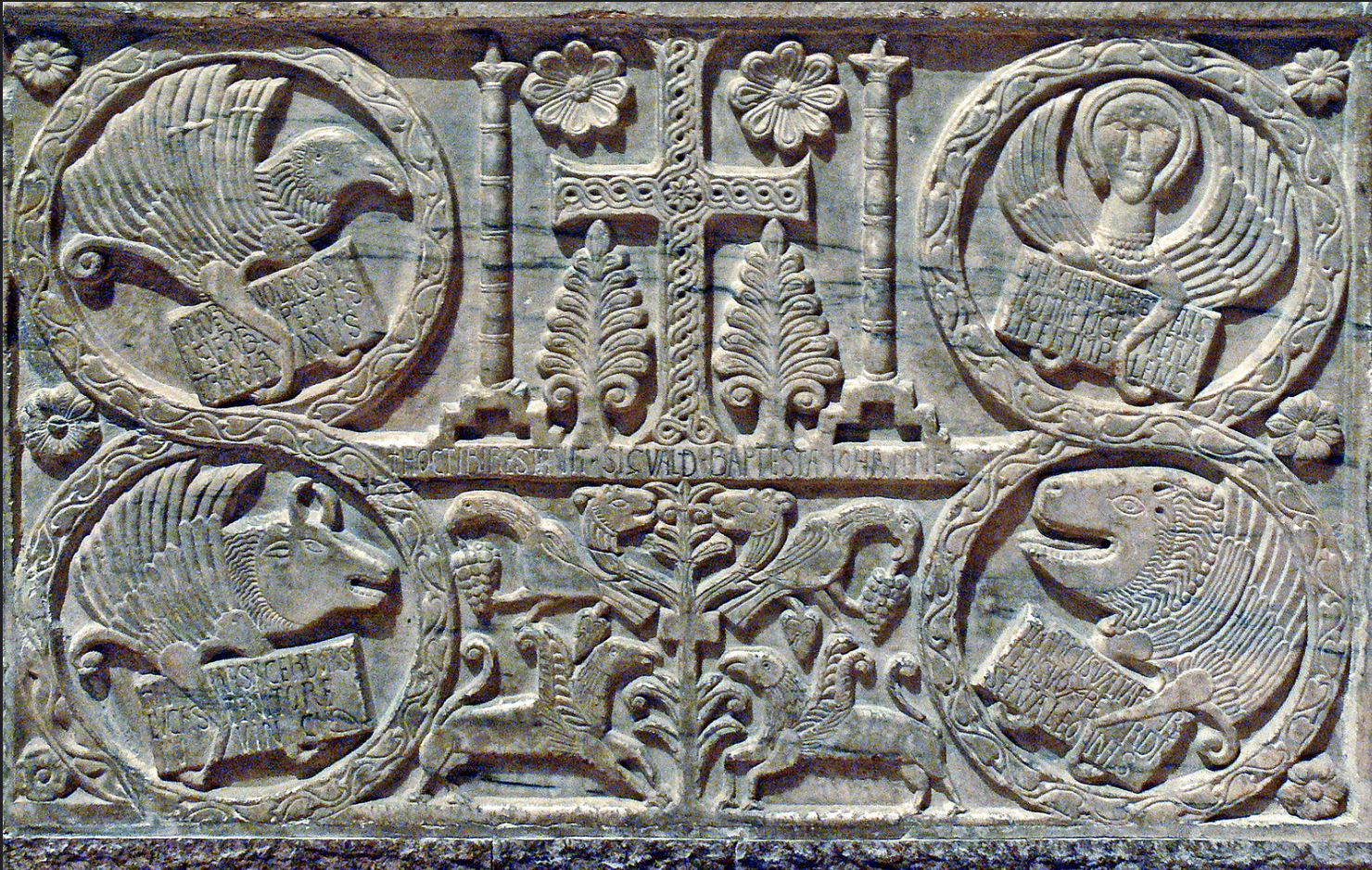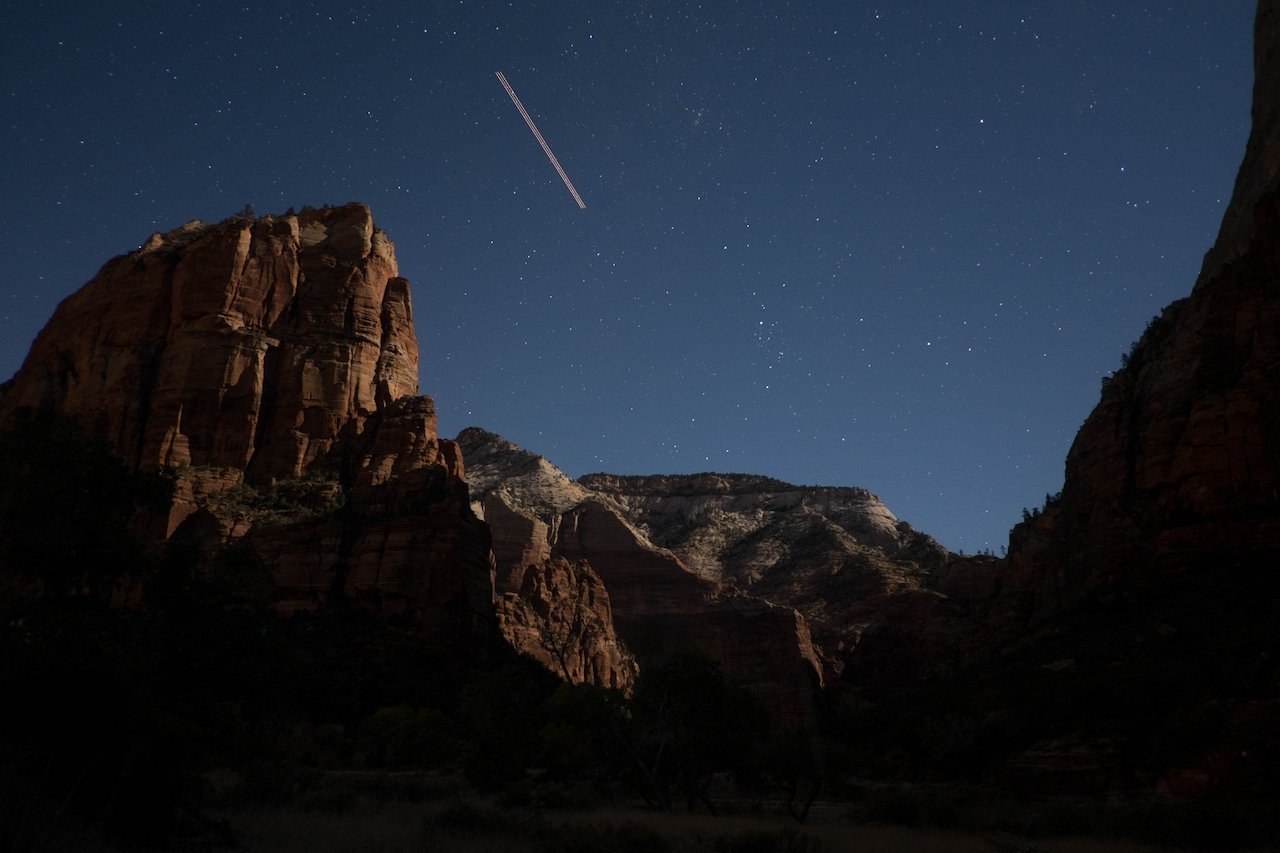What Is The Winter Solstice & What Does It Have To Do With Christmas?
What is the Winter Solstice?
Today, December 21, 2023, is the winter solstice (“Sun stands still”) as well as the first official day of winter. This makes it the shortest day of the year in terms of sunlight. In New York City, there will only be 9 hours, 15 minutes and 17 seconds of daylight. For comparison, during the summer solstice in late June, New York City receives a glorious 15 hours and 5 minutes of sunlight. That's a whopping 6 hour difference in available sunlight i.e. almost an entire workday! The winter solstice is an astronomical event as it represents the time of the year when the sunrise occurs at its southern extreme, in the southeast quarter of the horizon. This indicates that the tilt of the North Pole is positioned the farthest from the Sun, (at 10:27 pm EST), causing less light to reach the northern half of our planet.
“Echoes of the Ancient Skies”
What does the Winter Solstice have to do with Christmas?
The Roman Empire was in existence from approximately 625 BCE to 476 CE. Christianity developed under the Roman Empire during the 1st century CE. The Roman Aristocrats persecuted anyone who followed Christianity for many, many years before adopting it as an official religion in 380 CE (almost 300 years after its development). Prior to adopting Christianity, people throughout Europe celebrated Paganism (“of the land” / nature worship) dating back as far as 300,000 years ago, during the Paleolithic Era.
After the fall of the Western Roman Empire in 476 AD, Europeans began living in a social / political / economic system called Feudalism (500’s - 1200’s CE). During feudal Europe, most Europeans still lived dispersed throughout the countryside, as opposed to living in major urban centers. Living dispersed throughout the countryside meant that the Catholic Church was not yet able to reign complete consolidated control over the peasants’ lives. During early feudal Europe, Christianity was a fairly new religion (~500 years old). Therefore, many peasants still practiced their ancient Pagan customs and ritual traditions. In fact, there are both Pagan and Christian deities represented in early Christian reliefs (sculptures). Also, many early European Christian churches are built on the sites of Pagan temples.
Pagan / Christian Relief
Therefore, in the early days of the medieval era, there was a slight integration of Pagan practices with the Christian religion. December 25, known as the celebration of the birth of Jesus, was the Christianizing of the Pagan celebration of the “dies Solis invicti nati” or the “day of the birth of the unconquered Sun”. December 25 was the day that the Pagans celebrated the god “Sol”, or “Sun”, as December 25 is near the time that the sun is reborn in the northern hemisphere and the days begin growing longer. The “birthday” of Jesus (the son of God) is near the winter solstice when the Sun is reborn. To cross reference with Christian records, the New Testament does not mention an official date or time of the year for the birth of Jesus. The word “Christmas” stands for the Mass of Christ.
Finally, the Christmas tree, or bringing a fir tree into the home is also a Pagan custom. To Pagans, fir trees were a representation of everlasting life and fertility - something they hoped would return to the dead, barren earth with the return of the sun. The custom of exchanging simple gifts from nature (i.e. vegetables, wheat, branches) during the solstice was also in honor of the coming seasons of fertility (spring & summer).
Five Nurturing Ways to Honor the Winter Solstice
Candle Gazing or Trataka: Trataka is Sanskrit for “tratak”, or “to look or to gaze”. Gazing at a candle is an open-eyed form of meditation that keeps your attention focused on summoning your inner light, just like the Earth is summoning the return of the sun.
Journaling: The new year is upon us. Reflecting on what has gone well for you this year and what you hope to achieve next year can provide you with a clear destination and a knowingness of how to get there. Avoid getting wrapped up in the distractions of what did not go well - that is now behind you, and the only way to go is forward with clear, concentrated energy.
Bathing: Bathing rituals are a beautiful way to nourish your body after all of the hard work it has done for you throughout the year. Light some palo santo, pour some skin safe essential oils into the water, dim the lights and play relaxing music to calm both your nervous system and mind.
Yin Yoga: “Yin” represents the dark, feminine, smooth and fluid aspects of life. On the darkest night of the year, settle into five or six familiar yoga poses for 3-5 minutes each. As you relax into each pose, feel the deep connective tissues in your body begin to release, representing a release of the rigidity and tension you may be carrying in your day to day life. Suggested yoga postures include: Child’s Pose, Pigeon Pose (both sides), Supine Twist (both sides), Supported Bridge Pose (on a yoga block or pillow).
Feasting: Okay, this is not necessarily an inward practice, but cooking can be an incredibly mindful and contemplative task! Cook yourself a simple, yet nourishing meal so that you can provide your brain with the energy it needs to envision the upcoming year of your dreams! A suggested meal (bowl) can include:
Organic rice w. butter & tumeric (soaked & rinsed before cooking)
Pasture raised, organic chicken breast w. olive oil, salt & pepper in the air fryer or oven
Organic avocado drizzled w. olive oil
Oven roasted organic broccoli w. olive oil & spices of your choice!
Citations
17 December 2020, https://www.getty.edu/news/the-wild-holiday-that-turned-ancient-rome-upside-down/. Accessed 21 December 2023.
Dies natalis Solis Invicti. Hellenic Faith. (2018, March 26). https://hellenicfaith.com/dies-natalis-solis-invicti/
Hillerbrand, Hans J. “Christmas | Origin, Definition, Traditions, History, & Facts.” Britannica, https://www.britannica.com/topic/Christmas. Accessed 21 December 2023.
Krupp, E.C. Echoes of the Ancient Skies. Old Saybrook, Konecky & Konecky, 1983
Mor, Barbara & Sjoo, Monica. The Great Cosmic Mother. San Francisco, Harper One, 1990
**Disclaimer: history is a highly subjective discipline as it is based on the human interpretation of a corroboration of sources. Older historical time periods are even more subjective as records and sources become less exact. The information I present is based on my interpretation and study of historical sources. It is only meant to be a springboard for your own personal inquiry!**



